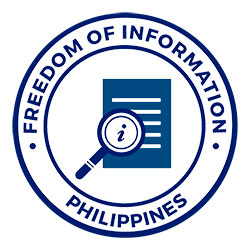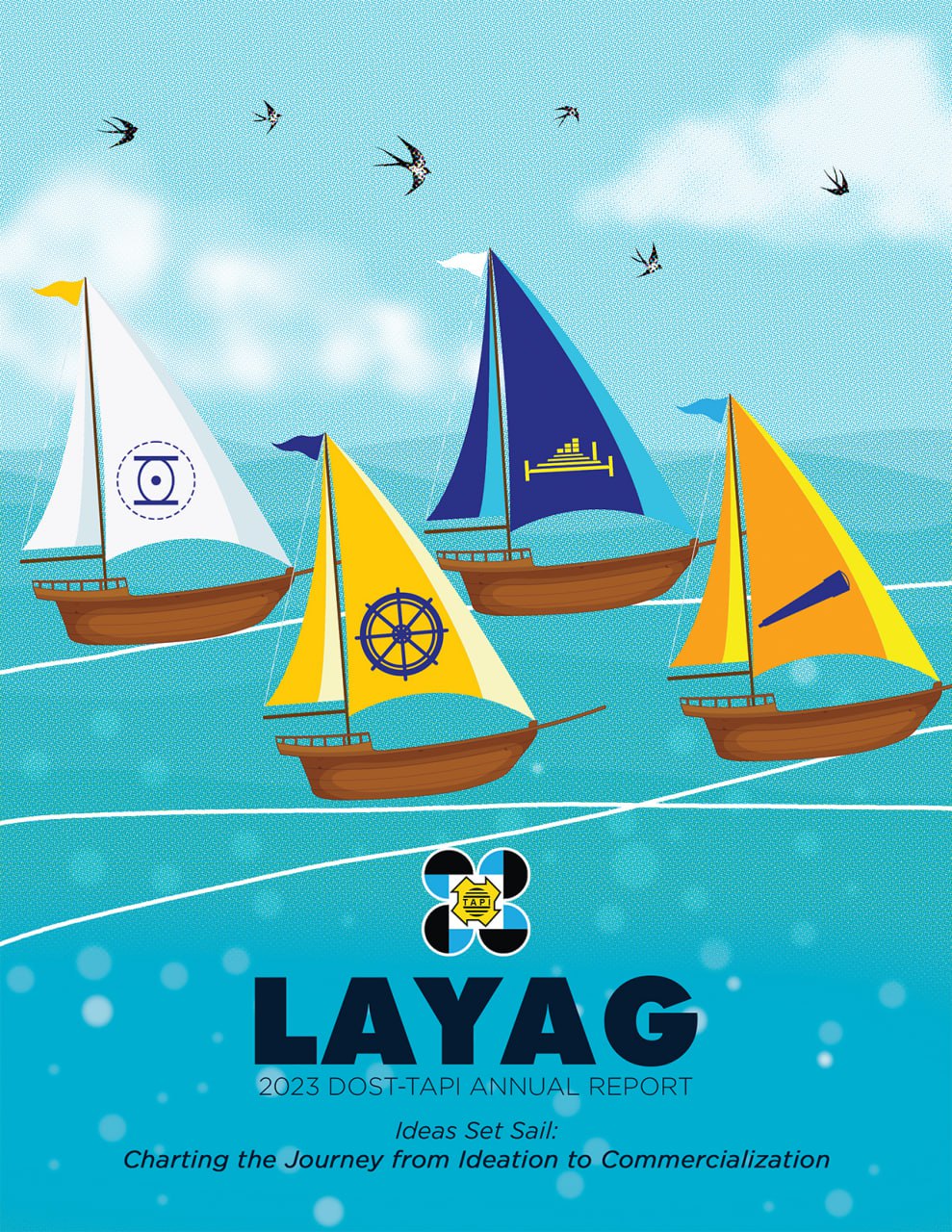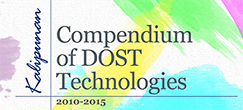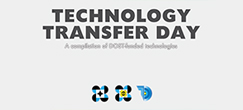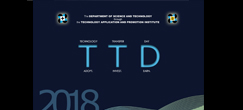By: Carmela Isabelle P. Disilio
After deploying its first two phototherapy units, the Ateneo Innovation Center (AIC) innovated jaundice treatment through the development of the Smart Low-cost Phototherapy Light System (SLPLS), which features a smart monitoring system and computer vision technology for enhanced monitoring and curing of neonatal jaundice.
Led by Project Leader Paul Cabacungan, the SLPLS team seeks to provide a low-cost alternative to traditional phototherapy units. Unlike their electricity-dependent counterparts, the solar-powered SLPLS can be easily assembled, making it adept for various clinical settings, especially in resource-constrained and remote communities in the Philippines.
Upon seeing its potential in advancing neonatal care, the Technology Application and Promotion Institute (DOST-TAPI) approved the SLPLS as the next supported Technology Innovation for Commercialization (TECHNiCOM) project on March 22, 2023.
‘Smart’ jaundice treatment thru SLPLS
The SLPLS is an enhanced version of the existing Low-cost Phototherapy Light System (LPLS) and Improved Low-cost Phototherapy Light System (ILPLS) previously deployed by the AIC in 2016 as part of its TECHNiCOM project activities.
The upgraded monitoring component of SLPLS utilizes Artificial Intelligence (AI) to track the yellow pigmentation level in the patient's skin. The patient's data is then graphed and displayed on connected devices with a column that allows medical personnel to include remarks on the patient's progress.
SLPLS’ jaundice monitoring system displays patients’ data through a dashboard, which also houses an alert system that automatically sends emails and audio alarms upon exceeding thresholds set by medical doctors. Photo courtesy: AIC team.
Moreover, the SLPLS also incorporates eye detection to ensure eye safety and environmental monitoring, including humidity and temperature sensors.
A compassionate and patient-centric approach
To further develop and refine the SLPLS, the team partnered with four hospitals for third-party validation testing. From these consultations, developments were made, including reduced weight and enhanced adjustability, allowing for the precise positioning of light where it is most needed.
The AIC team conducted third-party validation testing and trained the medical personnel of four partner hospitals in operating the SLPLS. These hospitals include Justice Jose Abad Santos General Hospital, Gat Andres Bonifacio Memorial Medical Center, Ospital ng Tondo, and Bagong Ospital Ng Maynila. Photo courtesy: AIC team.
Illuminating Neonatal Care in the Philippines
Even with these advancements, the SLPLS remains low-cost and utilitarian. Cabacungan mentions that the SLPLS costs less than one-tenth of one imported unit and can be easily assembled by a medical staff.
“That's why we want a lot of communities to learn from this so that in times of life and death situation, they can access this device. And they can make it,” said Cabacungan.
TECHNiCOM continues to offer its pre-commercialization assistance and services for similar tech-based projects to apply.
Stay tuned for announcements regarding the next opening. For more information and updates, visit: http://www.tapi.dost.gov.ph/call-for-proposals/technicom
You may also call (02) 8838 1127, or email This email address is being protected from spambots. You need JavaScript enabled to view it. for inquiries.


